Maricé Morales: A Culturally-Sensitive Model to Address the Staggering Rate of Latinos’ COVID-19 Infections
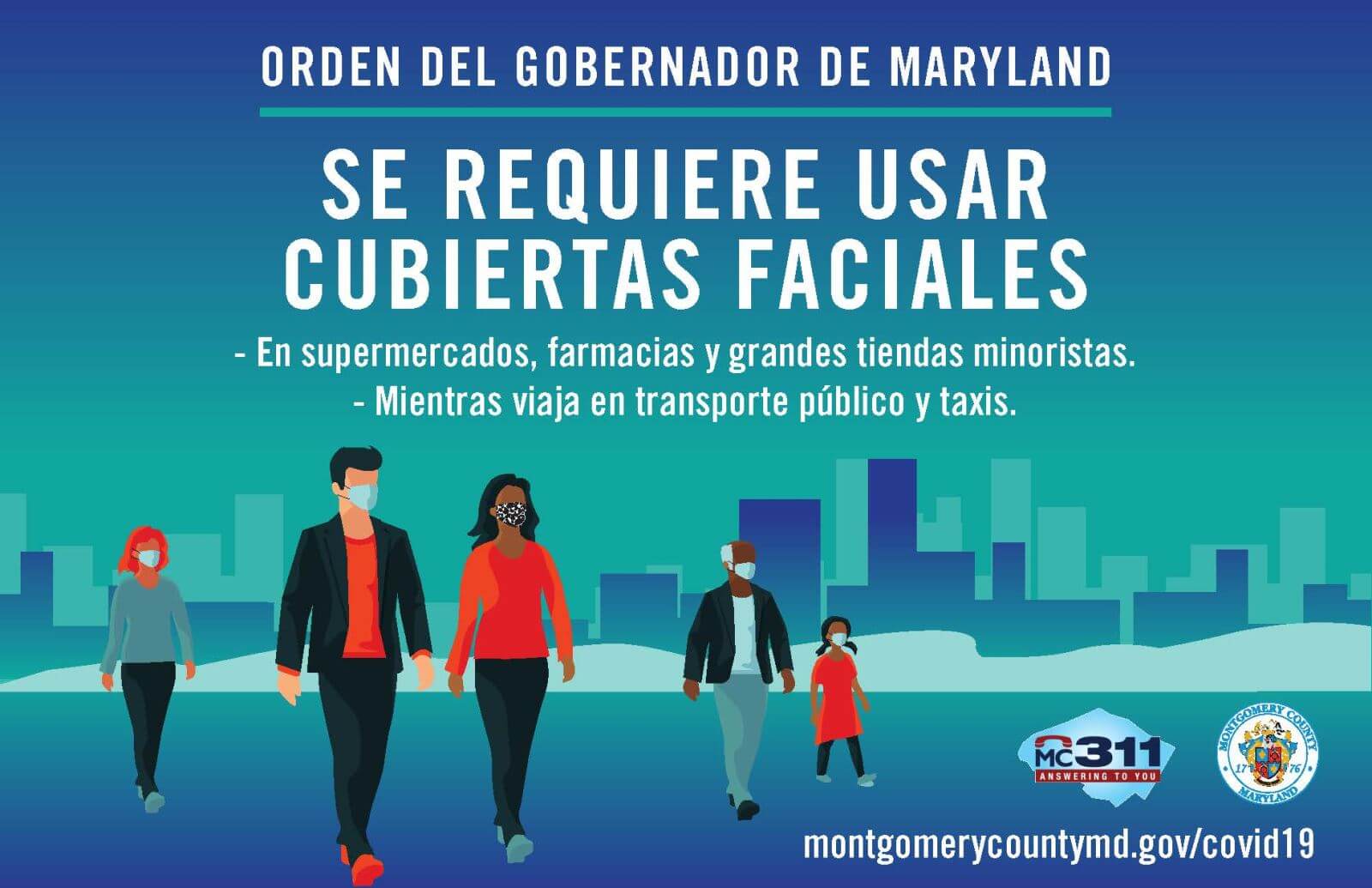
Witnessing the COVID-19 deaths and infection rates in my personal circle confirms the data we are seeing throughout the country. In an ABC/IPSOS Poll from May, 26% of Latino adults in the U.S. reported knowing someone who died of the coronavirus or is living with the infection. Posts on social media from my personal circle, about yet another death or infection in the family, are daily reminders that states opened too soon, and that we have a lot to accomplish before controlling this pandemic.
The disproportionate number of COVID-19 cases among BIPOC (Black, Indigenous, People of Color) sheds light on the health disparities we already know exist in our country. Montgomery County is not immune to this. In a recent communication from the county’s Department of Health and Human Services, the chief of Public Health Services, Dr. Travis Gayles, reported that while other BIPOC communities are showing a flattening in the number of new COVID-19 infections in the county, infections of Latinos accounted for 74% of all new infections.
This number is outrageous. Given Montgomery County’s wealth of expertise in addressing health disparities and public outreach within disenfranchised communities, using those voices is imperative to an appropriate response to the spread of the virus.
By creating and implementing the racial equity lens through which public policy must be scrutinized, the Montgomery County Council, in its wisdom, has placed our county’s values at the forefront of our policy-making procedure.
Responding to this pandemic should be no different. It is shortsighted to overlook the leadership of those who express recommendations on how to reach a particular community of which they are a member.
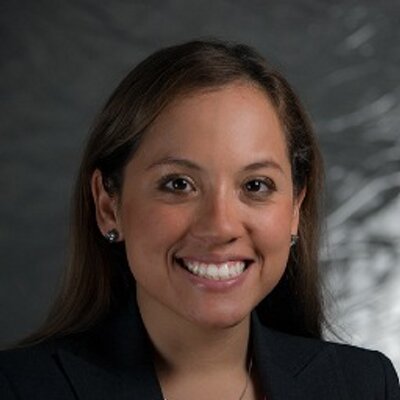
Maricé I. Morales
Politics aside — which the general public is frankly tired of — effective leadership in any organization is based on the organization’s ability to quickly identify the “comparative advantages” of its members by fostering the freedom for them to lead in their area of expertise. While the responsibility of governing with a racial equity lens cannot solely depend on BIPOC, in the event that BIPOC leaders do speak up on an issue, we must acknowledge and embrace their input as soon as it is offered instead of delaying action by questioning their credibility or dismissing their expertise all together. Additionally, it must be said that we, BIPOC, may unconsciously do this among ourselves, too.
I have witnessed this silencing in governance first-hand, during my time in the legislature and within the various professional, advocacy and statutorily-created boards of which I have been a member. After time passes and the same input is then confirmed by “mainstream” sources, it is hastily accepted as solid policy, and often without accounting for the BIPOCs who first brought it to the table. This premise applies in policy-making around improving the lives of women and LGBTQ folks, as well.
The purpose of this critique of shortsighted governance is two-fold: first, and in the spirit of anti-racism activism, to underscore that recognizing opportunities to learn from mistakes of the past is essential to removing the unconscious bias in the way we govern; and second, to acknowledge that an expedient response could have spared so many of our community members from this virus, of which we are all potential victims as long as we are still exposed to environments with high rates of infection.
Guided by the numbers seen in our county, immediate action is needed to successfully reach folks living in areas with high rates of infection — namely, our Latino county residents. Translations of a press release or website are not enough to get through not only the language barrier, but a cultural one, that speaks to the heart and soul of a target audience.
There are diverse schools of thought that on the consideration of cultural sensitivity, as it refers to the implementation of programs and services. I subscribe to the belief that a culturally-sensitive implementation plan can be consequential to the success of a government-led program.
When addressing the high infection rates within the Latino community, health experts have looked to the following contributing tangible factors: the disproportionate number of Latinos in essential work and low health care coverage among Latino and immigrant communities. Health coverage among Latinos, and BIPOCs more generally, will remain low as long as health coverage is cost-prohibitive and as long as it remains primarily employer-based.
These factors are visible to all of us, even if you are not Latino, through data gathering on health coverage by race or by demographic data per employment sector. The missing piece — which isn’t quantifiable or obvious to the naked eye — is culture. What are the cultural factors keeping Latinos on the outskirts of infection prevention?
Beyond the language barrier, how do Latinos stay informed? Who do they trust to have their best interest at heart? Who will they be influenced by to the point that they will be motivated to act even against their own gut feeling or instinct?
Outreach strategists often use the phrase, “you gotta meet them where they are,” when considering an outreach plan. Beyond the literal sense, I look to the nuanced, figurative meaning of that expression, which to me, means you not only have to distribute information in places where you know the targeted group will be reached, but you have to speak in terms that will persuade and motivate action beyond any inherent apprehension, misconceptions or cultural-influenced tendencies of skepticism around government-run programs.
Individualistic vs. collective outlook
First, a major cultural difference among Latino and immigrant communities is a collective (versus an individualistic) approach to life. The distinction, as defined by sociologists, is that in an individualistic society like America, self-interest, independence, and self-reliance are celebrated. In collective societies, loyalty, self-sacrifice and generosity are paramount.
This explains why — when faced with that cost-benefit analysis — Latinos adult are more likely to continue to expose themselves to potential infection if it means they will be able to make ends meet that month — or at the very least, that there will be food on the table for their family.
Furthermore, when it comes to asking for help, there is a strong tendency to look inward before it ever crosses their mind to look to the government for assistance. Latino and immigrant families will often support one another, be it through home remedies when it comes to health issues, sharing child care responsibilities, or via informal, word-of-mouth funding strategies — going to the extent of selling property, organizing home-based fundraisers, and/or lending each other the needed funds (interest-free, of course).
These are only a few cultural differences that must be fully understood if we are committed to supporting this community. The predisposition of relying on themselves in moments of crisis, and the fact that government help doesn’t even occur to them, is a huge hurdle, confirmed by the wall that we hit every time we attempt to roll out a message campaign targeting this community.
Distrust of government reinforced by President Trump’s anti-immigrant rhetoric
The Latino and immigrant community have an inherent distrust of government, arising out of the fact that their family and immigrant story stem from surviving poverty, war, violence, lack of infrastructure, and/or corruption caused by government in their countries of origin. Experts have described this as collective trauma, experienced and passed down from the generation that immigrated to the first generation of U.S.-born children.
There are of course, many exceptions, as not all immigrants come to the United States under the same circumstances. But it must be said that in general, the Latino and immigrant community do not expect to rely on the government for anything. There is a sense of appreciation for having been able to make it over, and simply getting the chance to work hard and become acclimated to an orderly American way of life — which includes paying taxes by April 15 — of every year without the entitlement of expecting anything in return.
Contrary to the popular misconception that undocumented folks do not pay taxes, reports have shown that undocumented taxpayers not only file federal and state taxes, but through sales and property taxes, they are contributing to our public sources of revenue, too.
According to IRS data from 2017, 4.4 million people paid $23.6 billion in total taxes using an Individual Tax Identification Number, or ITIN. Folks who file taxes with an ITIN, are not eligible for a Social Security number, and therefore will not be reaping any long-term benefits unless they adjust their status later on. Similarly, ITIN filers are not eligible for the stimulus funds under the CARES Act, even if they filed their 2019 federal tax returns.
These numbers exclude, of course, taxes paid by permanent residents; and other work permit holders, who do qualify for a SSN, but remain years in a status limbo while awaiting final adjudication by USCIS or an immigration judge. Many pay taxes because they know that it is the right thing to do and believe that further down the line when they may become eligible for immigration relief, that they have maintained their affairs in order to easily qualify and finally achieve documented status.
With the recent Public Charge ruling from the Supreme Court, many immigrants have been left to interpret that any public benefit including programs in response to the pandemic could potentially jeopardize their immigration process. USCIS released an alert on their Public Charge policy page informing applicants that any public benefit received due to COVID-19 would not be considered a “public charge” for purposes of the adjudication of their immigration petitions.
However, that alert has not been highly publicized and therefore the immigrant community is still incredibly apprehensive about accessing any COVID-19 related public benefit, including testing, treatment, or anything offered by any form of government.
In that context, it is not surprising that Latino and immigrant communities have grown skeptical of government in all material forms, including health and human services like COVID-19 testing sites. Many fear potential immigration consequences from linking one form of government with another, as well as the fear of being deemed ineligible for immigration relief down the line for having been a “public charge” at some point during their presence in this county without status.
A welcome culturally-sensitive response
Montgomery County’s recent proposal to create a health initiative targeting our Latino and immigrant communities is beyond welcome. Seeing the high percentage of new infections in the county — upwards of 74% are among Latino residents — it is imperative that we tackle what the numbers show head-on. The savvy awareness around culturally and linguistically appropriate messaging will indeed increase the chances of reaching the hearts and minds of the Latino community in the County. It is also the intent of the creators of this program to use it as a model that can be adopted to target other BICOP communities around the county.
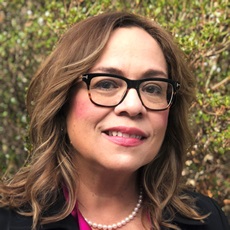
Montgomery County Councilmember Nancy Navarro (D)
Under the leadership of Councilmembers Nancy Navarro and Gabe Albornoz, the “Por Nuestra Salud y Bienestar” project will be established to employ an integrated, one-stop-shop model with wrap-around health and social service support for Latino residents.
“Our County is a microcosm of the nation and the world. This pandemic has exacerbated the disparities that affect our communities of color and we must implement models that mitigate this disproportionate impact. The implementation of a culturally and linguistically proficient initiative that provides comprehensive and geographically accessible services is absolutely necessary. I am incredibly excited to build this model alongside my colleague Councilmember Albornoz and to utilize it throughout all of our communities of color,” Navarro said.
The program seeks to disseminate culturally and linguistically competent messaging around prevention of COVID-19 infections by promoting testing, contact tracing and treatment. Perhaps what’s most exciting about the program is that it will also create an opportunity for Latino members of our community to receive training to become promotoras, or health promoters, who will connect directly with the community, through partnering faith-based organizations or simply in an informal “comadre to comadre” (friendly neighbor to neighbor) word-of-mouth type of way.
This speaks to the communal or collective cultural value among Latinos. There is a strong tendency to rely on personal recommendations from a trusted source, who we almost treat as a distant family member who has our best interest at heart. The word comadre translates as a new type of sibling, like the relationship between a parent and a godparent.
With this single word, Montgomery County would successfully express to the Latino community that these health promoters can be trusted, because they are acting as a godparent to the community. This is brilliant.
The objectives of the new program include: 1) increasing the dissemination of culturally competent, linguistically appropriate and timely information about COVID-19 to mobilize the Latino community around prevention, treatment and testing; 2) increasing COVID-19 testing rates in the Latino community; 3) increasing case management and navigation to essential services to address social determinants of health; 4) performing effective contract tracing for those who test positive; and 5) providing social service supports.
I applaud the Council’s efforts to tactfully address the effect of this pandemic on our most vulnerable residents; alongside partners CASA de Maryland, Mary’s Center for Maternal and Child Care, Care for Your Health, Mansfield Kaseman Health Clinic, Identity, Proyecto Salud and the Germantown Hub. And for looking forward to models that can easily be expanded to other communities.
I look forward to Tuesday’s vote, which can be streamed via the Montgomery County Council website here.
The writer is an attorney and former state legislator.

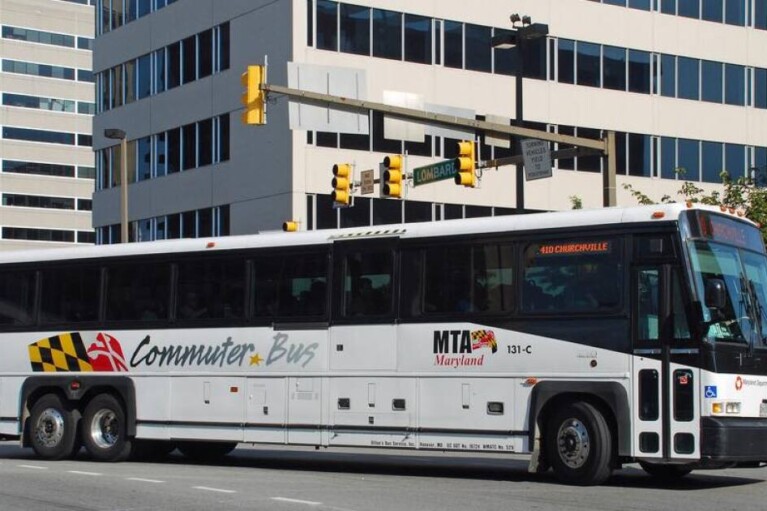
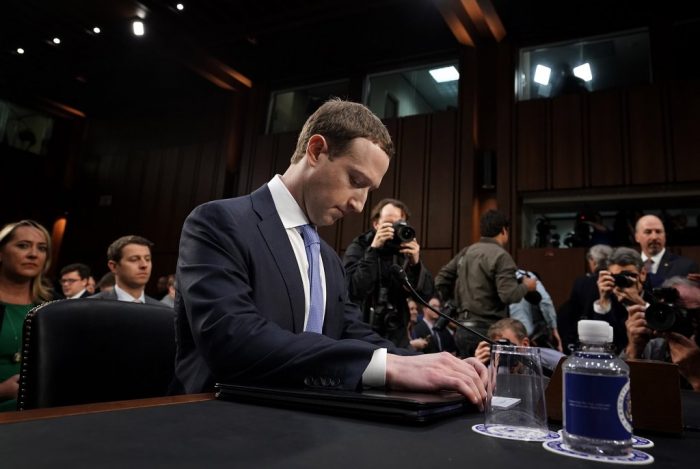
 Creative Commons Attribution
Creative Commons Attribution